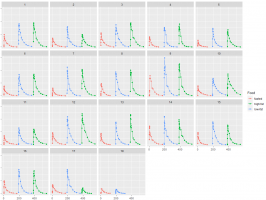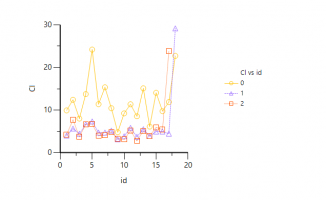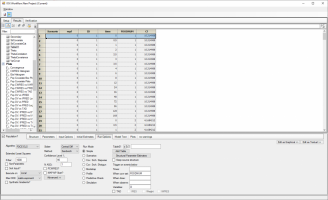Hi all,
I would like to ask how to make the choice between covariate vs inter-occassional variations in a cross-over food study?
This is a study where each subject underwent fasted/low fat/high fat (food_num=1/2/3) stages. I used covariate (on Ka/Cl) and IOV (on Ka/Cl), and IOV model is better (AIC much better, not a little). However IOV treats each run as an orderless run for each subject, and covariate model more likely to say that food states affect parameter with a direction. So though statistically I tend to use IOV, how could I make a conclusion? Graphically you can still tell that in fed state the AUC and Cmax are higher than fasted, so it is hard to draw a conclusion that the IOV masks any effect generated by food. (mixed model also performs worse than IOV alone)
Q1
How can I value the IOV? Say "from the model IOV can explain 20% of the variation" etc. As it is not reported in the Theta table like covariates. I can only see the results from posthoc, but I cannot have a general idea how big it is?
Q2
Another question comes from this example, how could I explain the significant effect towards Cl (or Cl/F)? We usually think that food effect should be put on absorption(Ka/Tlag etc), as when the API comes in the system, the clearance is still its clearance.
I have attached the file with 5 subjects for an easy example.


















